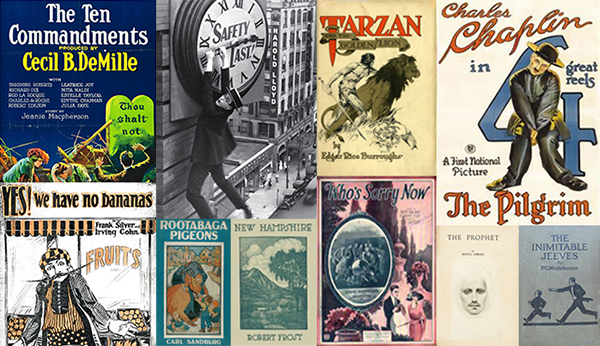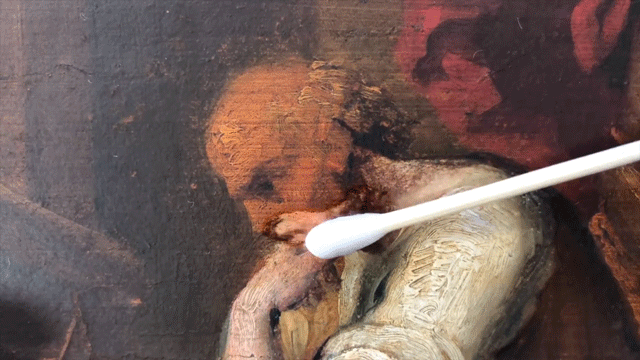Do you remember the first time you saw the fourth wall broken? Few of us probably do, but maybe we all should, given how radial a departure from established dramatic convention — specifically, the convention dictating that a work of dramatic art not acknowledge the fact that it is a work of dramatic art — fourth-wall-breakage represents. Then again, a work of art can break the fourth wall subtly, too subtly to make an outsized impact on our consciousness: take, for example, all the brief but knowing glances movie characters have directed at their audiences throughout almost the entire history of cinema.
A fair few of those glances appear in the supercut of 400 breakages of the fourth wall above (which may well contain the first one you ever witnessed). It draws from films from a variety of time periods, Hollywood classics and blockbusters as well as lesser-known pictures.
Together with the Press Play fourth-wall-breakage supercut below, it provides an overview of just how wide a variety of ways filmmakers have found to momentarily breach what Vincent Canby once described as “that invisible scrim that forever separates the audience from the stage.” Most films break the fourth wall for laughs, but others have done it in service of emotional, aesthetic, and even intellectual ends.
None of this is to say that the fourth wall stood perfectly intact before the colossus of cinema came along to smash it. The concept goes at least as far back as 17th-century France, first used as a term by Molière and later more fully defined by Enlightenment icon Denis Diderot. But theatrical performers must have been breaking the fourth wall, or at least poking holes in it, even before the fourth wall was quite up: long ago, we read in historical accounts of theater around the world, audiences even expected a certain degree of interaction with the action onstage — or at least they expressed their thoughts on it, often forcefully, attempting to break the fourth wall from the other direction.
Over time, we, the creators and viewers of drama alike, built the fourth wall, and it has seldom taken us long to expect its protection in every medium we enjoy: theater and film, yes, but television, video games, and even literature as well. “It is not a good idea to interrupt the narrative too often,” writes J.M. Coetzee in Elizabeth Costello, a novel that breaks the fourth wall and a host of other convention besides, “since storytelling works by lulling the reader or listener into a dreamlike state in which the time and space of the real world fade away, superseded by the time and space of the fiction.” A literary storyteller of Coetzee’s caliber would know. But what other art form has been as often compared to a dream, or felt as much like a dream, as film — and what other dreams play out on, literally, a wall?
Related Content:
Watch Them Watch Us: A History of Breaking the “Fourth Wall” in Film
Cinema History by Titles & Numbers
We’re Gonna Build a Fourth Wall, and Make the Brechtians Pay for It
Based in Seoul, Colin Marshall writes and broadcasts on cities, language, and culture. His projects include the book The Stateless City: a Walk through 21st-Century Los Angeles and the video series The City in Cinema. Follow him on Twitter at @colinmarshall or on Facebook.




